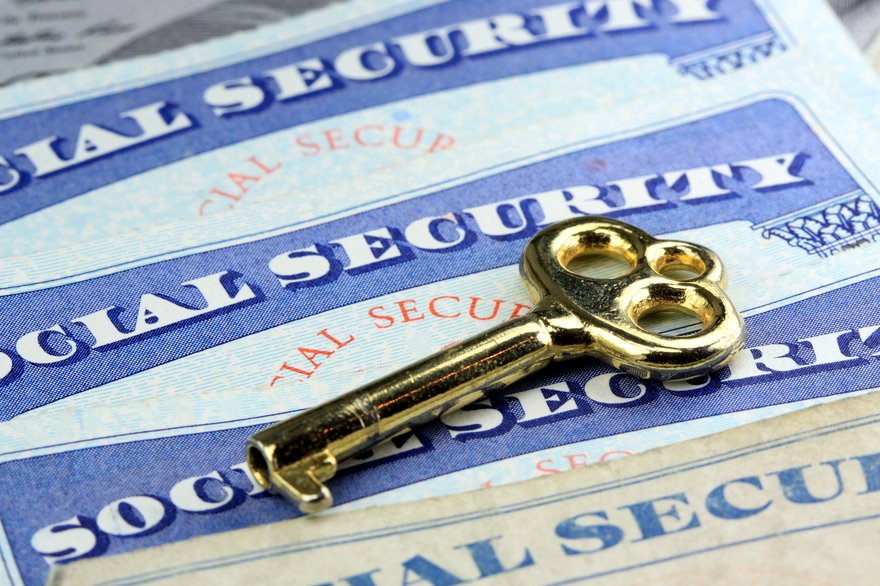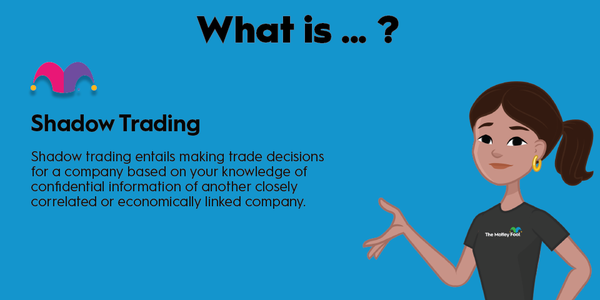If you’re a U.S. citizen, Social Security numbers are so ubiquitous that they almost blend into the background. You may be surprised to learn that the Social Security number is actually a fascinating little data point with an interesting history.

What is a Social Security number?
What is a Social Security number?
A Social Security number is a nine-digit identification number issued to United States citizens, permanent residents, and temporary residents originally meant to be used exclusively to track earnings and benefits available through the Social Security Administration. Over time, however, the number has come to be a default identification number for Americans and is now used to track credit accounts, open bank accounts, and other activities that require government identification.
Laws dating to 1943 that required all federal agencies to use the Social Security number as a primary identifier were rescinded in 2008, so many non-citizens now can request that alternative forms of identification be used to apply for different financial accounts and on government forms. However, because Social Security numbers are still required for income and tax purposes, banks, employers, and even financial programs like school lunch programs may still request them.
A little Social Security number history
A little Social Security number history
Social Security numbers came into being in 1936 as part of the New Deal. Before its creation, there wasn’t a program to provide for retirement or disability benefits. Unless an employer offered these things, Americans weren’t eligible for any kind of retirement income that they didn’t generate directly from their own property or business.
Social Security numbers were first meant to just track earnings and contributions to the Social Security program. But over time, they’ve evolved into the multipurpose identification number that we now know. Several changes have occurred since its creation, including changing how the numbering system was applied to people across the country. It was also included on -- and subsequently removed from -- driver’s licenses for a brief period in the 1990s.
What Social Security numbers mean
Everyone who has a Social Security number has one that’s formatted the same. It’s three sets of numbers: The first has three digits, the second has two digits, and the third has four digits. There’s been a lot of speculation over the years about what these numbers represent, but it’s actually pretty simple. Here’s what those numbers stand for.
Area number
The area number is the first three digits of your Social Security number. Before 2011, this number generally corresponded to your zip code at the time of the application. From 1936 to 1972, Social Security numbers were issued from local offices, and anyone could apply at any office. In that period, the number simply represented the office you applied through. But the process was centralized in 1972, so all new Social Security numbers were issued based on your mailing address.
Before 2011, the area number could range from 001 to 772, though some numbers were reserved for special uses. The further west you went, the higher the number became. After 2011, Social Security numbers became randomly assigned, so they no longer correspond to a person’s mailing address or physical location.
Group number
The group number is the middle two digits of a Social Security number. These were issued in a more seemingly haphazard way but still had a particular pattern. Odd numbers from 01 to 09 were issued first in any given area, then even numbers from 10 through 98. Next were even numbers from 02 to 08, and last were odd numbers from 11 through 99.
This division was strictly for administrative purposes and didn't really correspond to anything. It was more of a way of randomizing Social Security numbers before the advent of modern computing. There are myths that these numbers contained detailed coded information about race, but that has been debunked.
Serial number
The last four digits are the serial number. They originally ran consecutively from 0001 through 9999. So, if you lived next door to someone who applied for a Social Security number directly after you, it would be possible for the two of you to have Social Security numbers that are only one digit apart.
Modern methods of randomization have made it harder to guess Social Security numbers for deceased people or children, which people have used in the past to try to change their identity or to obtain credit under a false name. Modern tracking systems have also made this much more difficult.
Why Social Security numbers matter to investors
Why Social Security numbers matter to investors
Social Security numbers are important for anyone who is earning money, filing tax forms, or otherwise dealing with the government in the United States. For investors in particular, Social Security numbers may be used to track and report investment accounts, including earned gains and losses, and retrieve income information for mortgages and commercial credit lines. Any interest, earned or paid, will also be reported using a Social Security number.
In addition, you can track the amount of Social Security that you’re eligible for once you’ve retired using your Social Security number, which can help you better plan for your retirement. Knowing that your Social Security money is creating a sort of base income can embolden you as an investor or make you more conservative, depending on the lifestyle you expect after leaving the workforce.




































































































